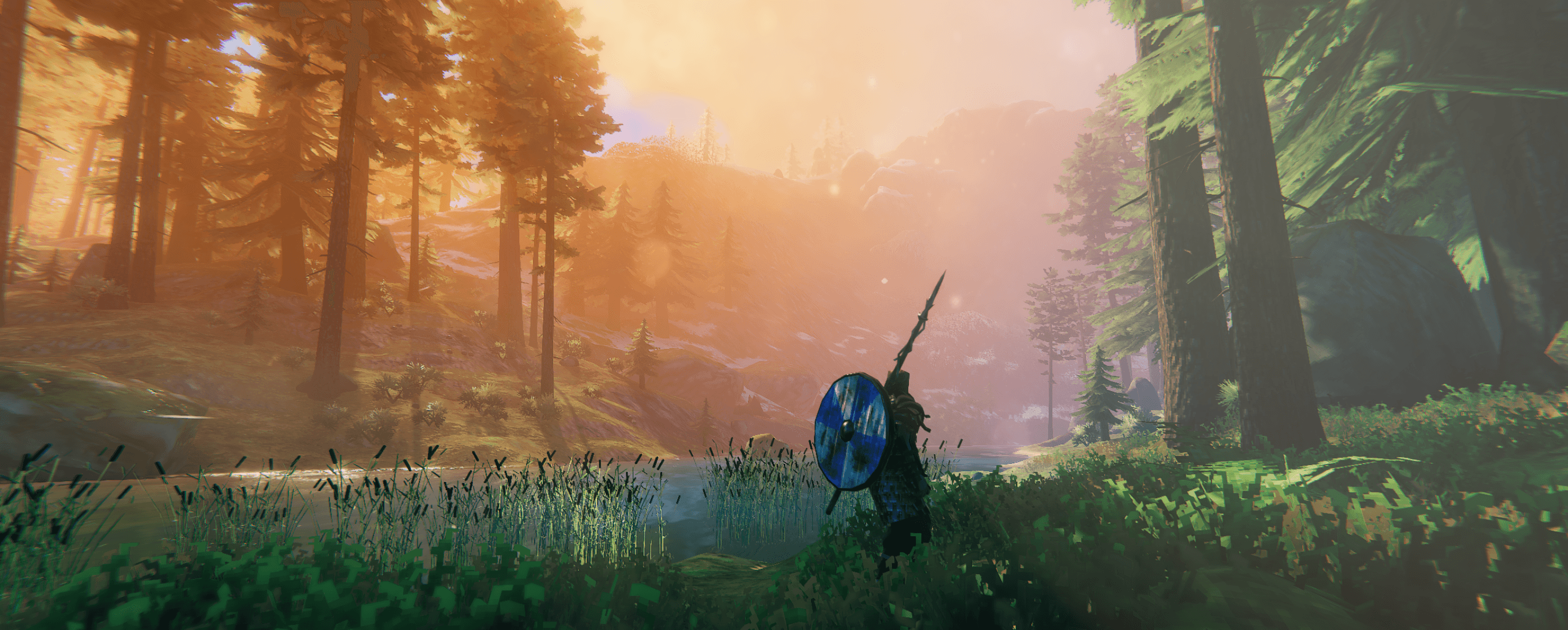
 Christopher R. RiceSep 9, 2023
Christopher R. RiceSep 9, 2023We talked about some Valheim best practices before. Today we’re back with a few more. Previously, we talked about food, resource gathering, and mapping. Today we’re going to talk about building, boating, and boss preparation!
Brewing Best Practices
Here are ten tips to help you make the most of your brewing experience in the game:
Unlock the Fermenter: To start brewing, you need to find and defeat the second boss, "The Elder," to unlock the Fermenter crafting recipe. The Fermenter is an essential tool for brewing mead.
Gather Ingredients: Mead requires various ingredients, such as honey, berries, and mushrooms. Collect these resources while exploring the world, and consider setting up dedicated farming areas for honey production.
Build a Beehive: To produce honey, build beehives near your base. You can find queen bees in the world, and placing them in beehives will allow them to produce honey over time.
Prepare a Fermentation Station: Create a dedicated area in your base for brewing mead. This area should include Fermenters, fermenting barrels, and cauldrons.
Experiment with Recipes: Valheim features a variety of mead recipes with different effects. Experiment with different combinations of ingredients to brew mead with various buffs and benefits.
Use the Cauldron: The cauldron is used to cook base mead, which is a necessary step before fermenting. Combine honey and water in the cauldron to create the base mead, and then use the Fermenter to add additional ingredients.
Monitor Fermentation: After adding ingredients to the Fermenter, monitor the fermentation process. Each mead type has a specific fermentation time, so be patient and wait for it to finish.
Craft “Grab and Go” Chests: Build a few nearby chests for the purposes of grabbing and going.
Label Your Chests: I like “healing”, “stamina”, and “resistance” as general groups.
Share with Friends: Mead is a valuable resource that can provide beneficial buffs. Share your mead with friends and clanmates during adventures or boss fights to boost everyone's capabilities.
Remember that Valheim is a sandbox game, and there are often multiple ways to achieve the same goal. These best practices should help you get started with brewing in Valheim, but don't be afraid to experiment and develop your own strategies as you play.
Farming Best Practices
Farming in Valheim involves growing crops and managing livestock to sustain yourself and your community. Here are ten best practices for successful farming in Valheim:
Choose a Suitable Location: Select a location for your farm that provides ample space and sunlight. Ideally, you want a flat area with plenty of room for fields and pens.
Prepare the Soil: Use the cultivator tool to till the soil in your farming area. Tilled soil is necessary for planting seeds, so make sure to prepare enough of it.
Build Fences and Pens: Create enclosed areas for your livestock using wooden or stone fences. Keep your animals safe from predators and give them enough space to move around. Also note that if they reproduce too much (chickens, I’m looking at you) it will greatly slow down your game. Kill early and kill often!
Plant Crops: Plant a variety of crops like carrots, turnips, barley, and flax. These crops have different growth times, so stagger your plantings to ensure a consistent harvest.
Biomes: Note some craps require specific biomes to grow, so you’ll need multiple farming sites.
Protect Your Crops: Keep an eye out for Gray dwarves and other threats that might harm your farm if they get to it.
Breed Livestock: Capture animals like boars, wolves, lox, and chickens to start breeding. Create dedicated pens for each type of animal and provide them with food.
Harvest Regularly: Keep an eye on your crops and livestock. Harvest crops when they're fully grown, and breed your animals regularly to maintain a healthy population.
Plan for Storage: Build storage chests or food storage buildings near your farm to store your harvested crops, seeds, and animal products. Proper storage will help prevent spoilage.
Backups Seeds: Always have a chest off-site where you put your backup seeds, just in case.
Remember that farming in Valheim can be a gradual process, and it may take time to build up a sustainable food source. Be patient and continue to expand and improve your farm as you progress in the game.
Fishing Best Practices
Fishing is a valuable skill in Valheim, providing you with a steady source of food and other useful resources. Here are ten best practices for fishing in Valheim:
Get a Fishing Rod: First and foremost, get a fishing rod and bait from the trader or a frost cave.
Find a Suitable Fishing Spot: Locate bodies of water where fish are abundant. Rivers, lakes, and the ocean are great places to fish. Look for areas where fish are visible swimming near the surface.
Use Bait: You need bait to catch fish. Worms, obtained from the trader, are the most common bait, but you can craft bait from trophies, too. Equip the bait in your hotbar and select it while using the fishing rod.
Time of Day Matters: Fishing is more successful during the day. Try to fish during daylight hours for the best results.
Patience is Key: Fishing in Valheim requires patience. Cast your line into the water and wait for a fish to bite. Be prepared to wait for a bit, as it may take some time.
Pay Attention to Your Bobber: Keep an eye on your bobber. When it dips underwater, it means you have a fish on the line. Quickly press the action button to reel it in.
Collect Fish Varieties: Different types of fish can be found in various bodies of water. Collect a variety of fish to diversify your food options. Some fish can also be used for crafting recipes.
Cook Your Catch: Once you've caught some fish, cook them on a campfire or a cooking station to increase their nutritional value and shelf life. Fish fillets are a great source of food.
Use Fish for Crafting: In addition to food, fish have other uses. Some fish types can be used to craft powerful potions, so be sure to save some for alchemical purposes.
Upgrade Your Bait: As you progress in the game, you can unlock and craft more advanced fishing baits to get different and better fish.
Fishing can be a relaxing and rewarding activity in Valheim. It provides you with essential sustenance and valuable resources, so it's worth incorporating into your survival strategy.
Final Thoughts
I’ve found that the minigames really make Valheim worth playing because a) they provide a not-boring same old same old and b) if playing with others (which you totally should be) you can specialize by task. What minigame do you like most in Valheim?

Play on Haptic
Try for free


